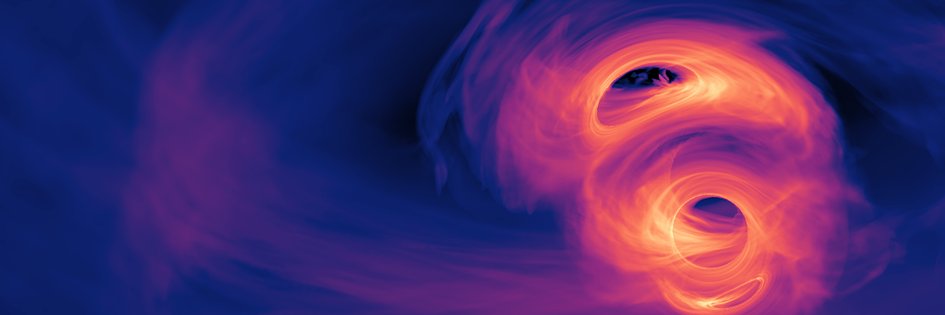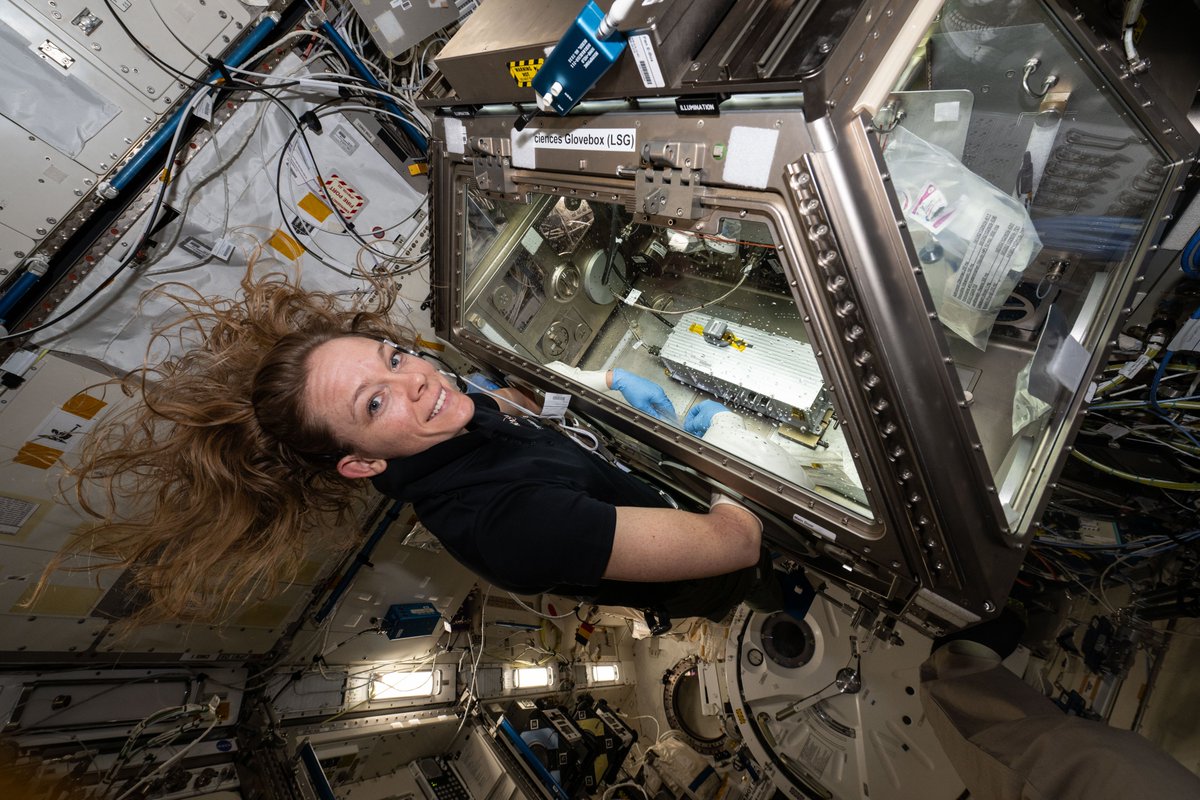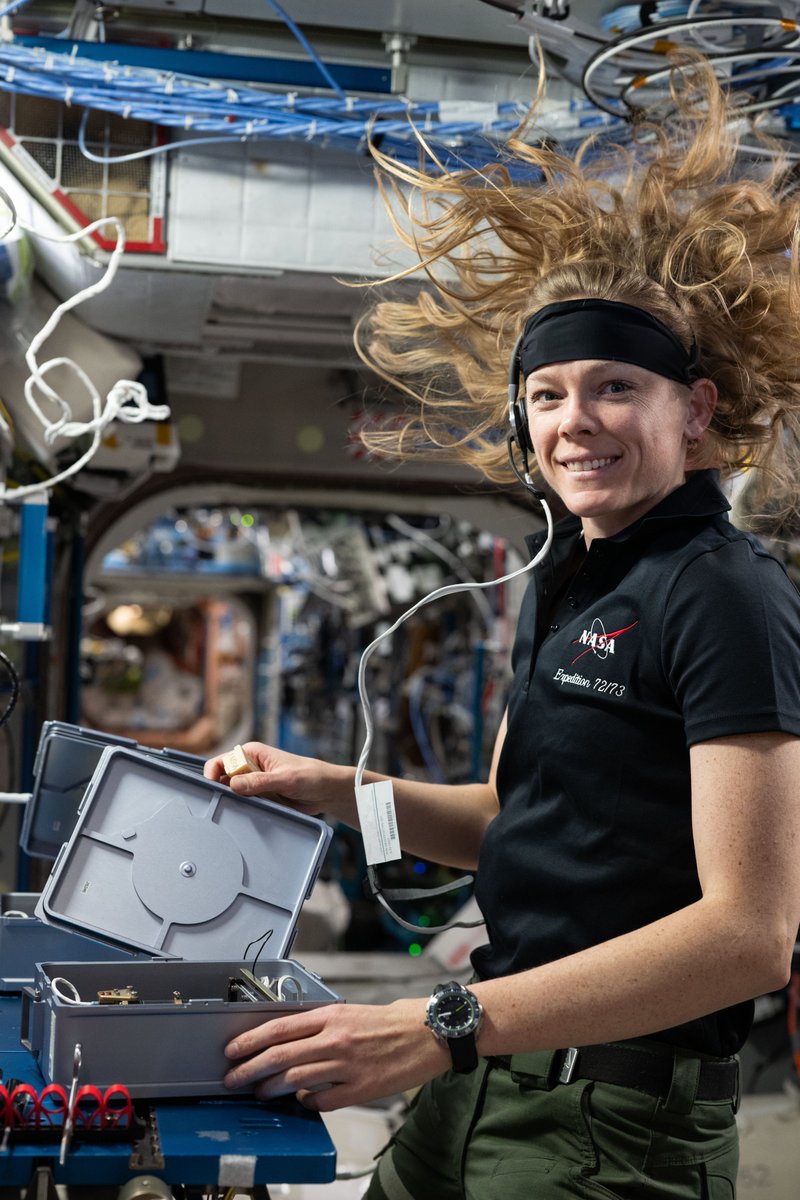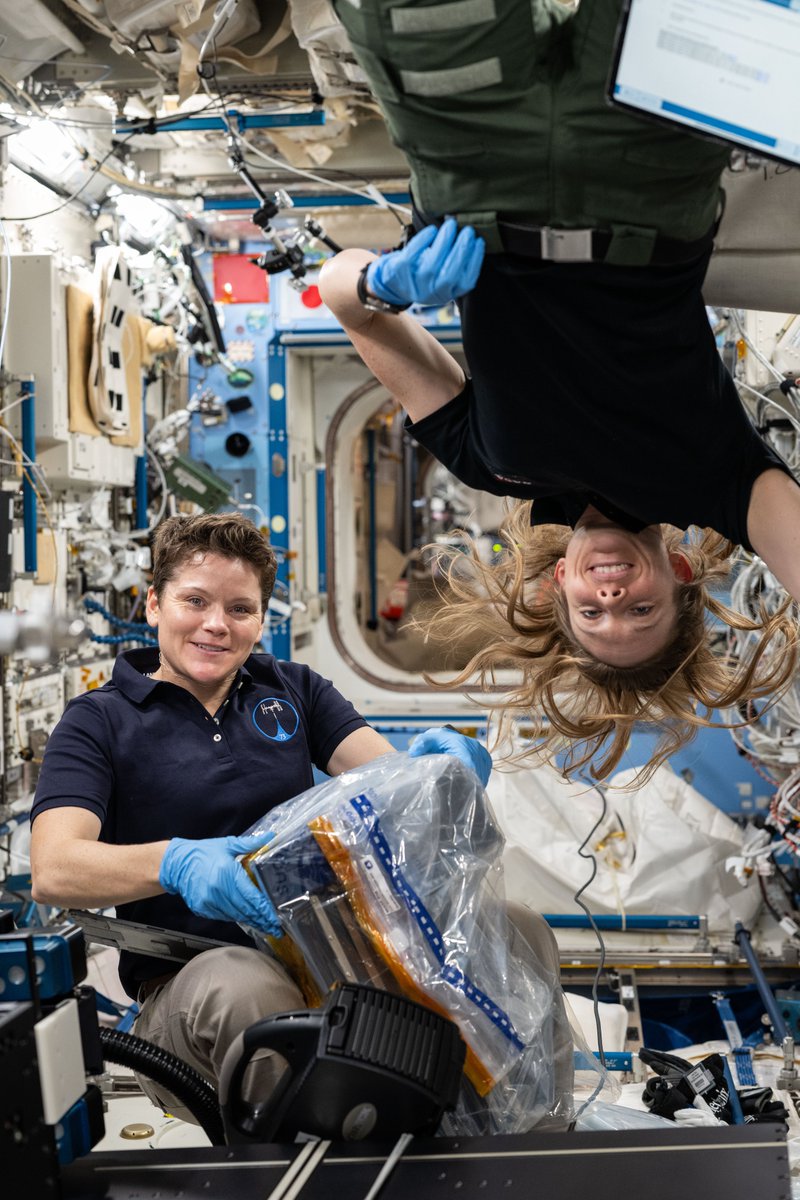
NASA Science
@NASAScience_
Where curiosity begins, and discovery never ends.
Introducing @NASAScience_! Bringing you the incredible science and research happening on our planet and beyond straight to your X feed. Stay tuned for more. 🌎🚀🌠
Crew-11 is set to study plant cell division, microgravity's effects on bacteria-killing viruses, and on-demand nutrient production aboard space station. More: go.nasa.gov/44vidgq
As of today, this account is officially archived. For updates about research conducted aboard the International Space Station, follow @Space_Station and @NASAJohnson. Our website will remain active with the latest updates as well: nasa.gov/iss-research

Orbiting 250 miles above the Earth, research is conducted aboard International @Space_Station. From unlocking the mysteries of the universe to advancing human health, scientists harness microgravity to make discoveries not possible on Earth. go.nasa.gov/41hFAqv




.@Space_Station powers microgravity research that benefits humanity and future space exploration. Stay in the loop by visiting our website or signing up for our newsletter. Web: nasa.gov/iss-science Newsletter: go.nasa.gov/iss-research-n…
You’ve got mail. 📬 Directly to your inbox: updates on research happening aboard @Space_Station. Sign up for our newsletter for the latest stories, videos, and news about the orbiting laboratory. Subscribe here: go.nasa.gov/31TohOP

Heads up! NASA is consolidating its social media presence. This account will be archived on June 20, 2025. For continued access to our latest news, research, and resources from the space station, please follow @Space_Station.
I got to install some hardware into our Microgravity Science Glovebox (MSG) this week! This is the Ring-Sheared Drop-IBP-2 experiment that studies the behavior of protein fluids in microgravity and tests computer models to predict that fluid’s behavior. In microgravity, we can…
Update: 📣We're moving! Follow the @Space_Station account for the latest news about research happening aboard station. This X account will be archived over the coming weeks.
This morning I collected data for European research Drain Brain 2.0. The strap around my neck and the device on my belly can record the volume of blood drainage from the skull. The research has been developed by the cooperation in Italy between ASI and the University of Ferrara.
NASA and ISRO are teaming up to launch new research to @Space_Station with the Axiom-4 crew. These studies include muscle regeneration, growth of edible microalgae, e-display interactions, and the survival of tiny extremophiles in space. More: go.nasa.gov/4mEf0lz

The MISSE facility on the outside of the @Space_Station exposes experiments to space. A recent study tested tech that could help quantum communications tools "self-heal" against radiation damage in space. Learn more: go.nasa.gov/43gnxEe #QuantumLeaps #ThrivingInSpace
.@Astro_Ayers was hands-on in the Life Science Glovebox testing ELVIS, a microscope designed to capture bacteria movement in 3D. This tool could help detect potentially infectious organisms in space. go.nasa.gov/4cWFaLZ

Tick-tock! ⏰ #KiboRPC apps closing soon! Program a robot onboard the Kibo module of the #ISS & level up your skills! Hear inspiring messages from astronaut Onishi & more! Don't miss out! humans-in-space.jaxa.jp/en/biz-lab/new…
🚨LIVE NOW: @NASA’s @SpaceX Dragon, part of the 32nd cargo resupply mission, is scheduled to undock from the International @Space_Station at 12:05 pm ET. x.com/i/broadcasts/1…
.@Astro_Ayers retrieves a sample from ADSEP, a facility that allow the production of different protein crystals in microgravity. Results could fast-track the development of new and improved medicines and treatments. go.nasa.gov/4eA9cWo

Nichole and Anne pack up MISSE samples for return to Earth. MISSE exposed materials and tech to the harsh space environment outside @Space_Station. This platform helps design more durable materials and tech for future space missions. go.nasa.gov/45b1jUT

Space may look peaceful from afar but it’s a harsh environment—especially for humans. From DNA damage to bone loss to ensuring there’s enough food for missions—space is tough. NASA is working to keep astronauts safe. Discover: go.nasa.gov/463MnVm @ISS_Research @Space_Station
M+33: The Air Force Academy (@Astro_Ayers's alma mater) is doing a neat botanical experiment to examine whether a carbon dioxide replacement can reduce a plant’s dependence on photosynthesis and increase growth in space-grown plants. This can help reduce energy use on future…
🌱 From growing food in space to protecting astronauts from radiation, NASA’s research in space biology and physical sciences drives technological advancements that benefit humanity on Earth. Explore more: go.nasa.gov/463MnVm #ThrivingInSpace